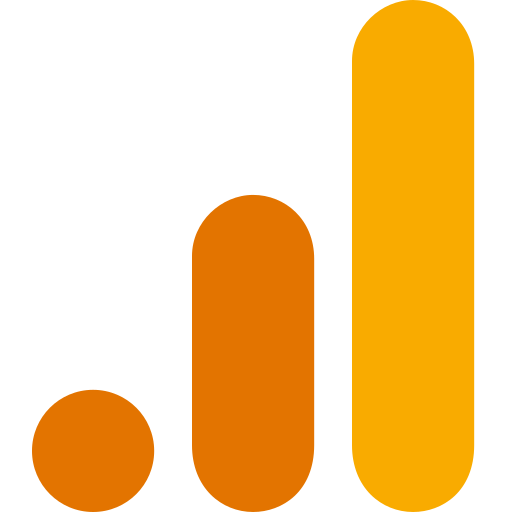Redesign of a Mobile Travel App to Book Hotels, Flights & Hotels
I designed a cross-platform travel app for iOS and Android to help users easily discover and plan vacation activities. The goal was to simplify the experience of exploring and organizing trips through an intuitive, user-friendly interface.
Escondido, California
2016
Hospitality
$200 million (2024)
5,000+
Challenge
User interviews revealed shared frustrations among both spontaneous travelers and meticulous planners. Many struggled to find unique or alternative information that could personalize their trips. Others lacked a centralized way to organize all their travel plans and ideas. Additionally, the limited ability to access and customize recommended routes made it difficult to tailor experiences to individual preferences—all pointing to the need for a more flexible, all-in-one travel planning solution.
Results
The redesigned travel app launched to enthusiastic user feedback and strong engagement metrics. Within the first three months, user retention increased by 38%, and daily active users grew by 45%, signaling improved relevance and usability. Over 70% of users reported feeling more confident and inspired when planning trips, thanks to the app’s personalized recommendations and centralized planning tools. The project successfully bridged the needs of both spontaneous explorers and detailed planners—making trip planning feel less like a chore and more like the start of an adventure.
38%
User retention
45%
Daily active users
70%
Inspired when planning trips
Process
Research & Discovery: We began by conducting in-depth user interviews with both spontaneous travelers and detailed planners to understand their planning habits and challenges. These insights revealed common frustrations, including the difficulty of finding unique travel ideas, organizing trip details in one place, and customizing suggested routes. We also reviewed competing travel apps and broader industry trends to identify areas for improvement and differentiation.
Structuring the Experience: Guided by our research, we reorganized the app’s structure to better support how users naturally plan trips. Key features were prioritized, and navigation was simplified to ensure that both types of travelers—those who plan ahead and those who explore on the go—could find and use the tools they needed with ease.
Design Exploration & Refinement: Initial concepts were sketched out in wireframes to explore different layouts and flows. These early designs were refined through multiple rounds of feedback, ultimately leading to a high-fidelity prototype that brought the full experience to life for user testing.
Validation Through Testing: We tested the prototype with a broad group of users, ensuring we addressed the needs of varying travel styles. Their feedback helped us identify small but important refinements that improved the app’s clarity, navigation, and overall usefulness.
Visual Design & Consistency: A clean and modern visual language was developed to reflect the app’s purpose—making trip planning feel inspiring and approachable. A full style guide was created to maintain consistency in future updates and ensure the experience remained cohesive across platforms.
Visual Design
I dedicated time to carefully selecting a color palette and typography that would support both usability and the app’s travel-oriented tone.
For the primary actions, I chose a bright blue—evoking the sky and ocean—which not only aligns with travel themes but also naturally draws attention. To support readability, I incorporated a range of light and dark greys for background elements and body text, ensuring comfortable contrast for longer reading sessions.
In terms of typography, I explored several font combinations to balance readability with visual hierarchy. I ultimately selected:
PT Serif for body text, providing a comfortable reading experience for articles and tips
Fira Sans for headings and subheadings, offering a clean, modern complement that improves scannability
Conclusion
This project successfully transformed the travel planning experience by focusing on the real needs of users. By addressing challenges around personalization, organization, and ease of use, the final product offered a more thoughtful and engaging way to plan trips. The positive response from users and strong engagement results reflect the impact of a well-researched, user-focused approach. Ultimately, the app not only made travel planning more convenient but also more enjoyable and inspiring.






